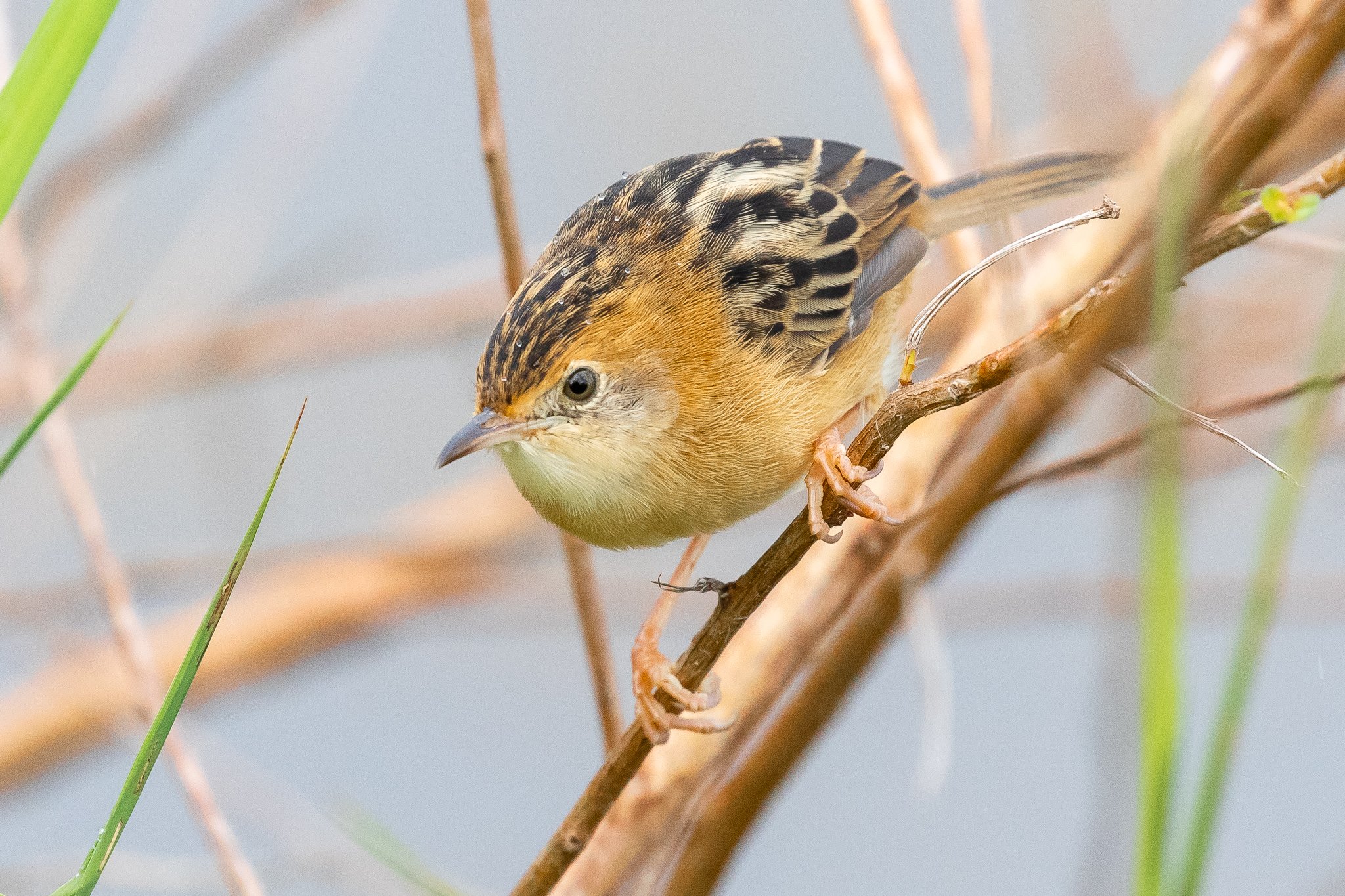Autumn brings changes in the wetlands. The Latham’s Snipes have gone to begin their journey north. The Nankeen Night Herons have left, perhaps heading north as well? Orioles, whipbirds and wattlebirds are scarcer than usual. The post cyclone rain and continuing falls are keeping the ponds topped up, with no exposed mud flat. And so there are very few water birds.
The Melaleuca is flowering and with it have come the honeyeaters; teams of Brown Honeyeaters, Scarlet Honeyeaters, Noisy Friarbirds, Blue-faced Honeyeaters plus large flocks of lorikeets, predominantly Rainbow but some Scaly-breasted as well. A Grey Goshawk has been particulary busy the last few days. Grey fantails and many Willie Wagtails to be seen.
A big positive is that the weevil treatment for the Salvinia weed overgrowing many ponds is starting to work. It was a treat to see three Forest Kingfishers feeding at a pond that had been previously choked with Salvinia.
The Forest Kingfisher is always a photogenic treat, here it was with two others feeding around a pond rejuvinated by the successful treatment of the Salvinia weed that had been choking it.
This Grey Goshwawk was particularly active this week in the Melaleuka woodlands of F Cell.
A young Superb Fairy-wren with adult colour just starting to appear forages for insects in the bark.
Many Scarlet and Brown Honeyeaters in the white flowers of the Melaleuka.
Lots of Willie Wagtails, all as busy as usual.
The Blue-faced Honeyeater is an occaisional visitor to the wetlands.
One of the few water birds present at the moment, the White-faced Heron.
























































